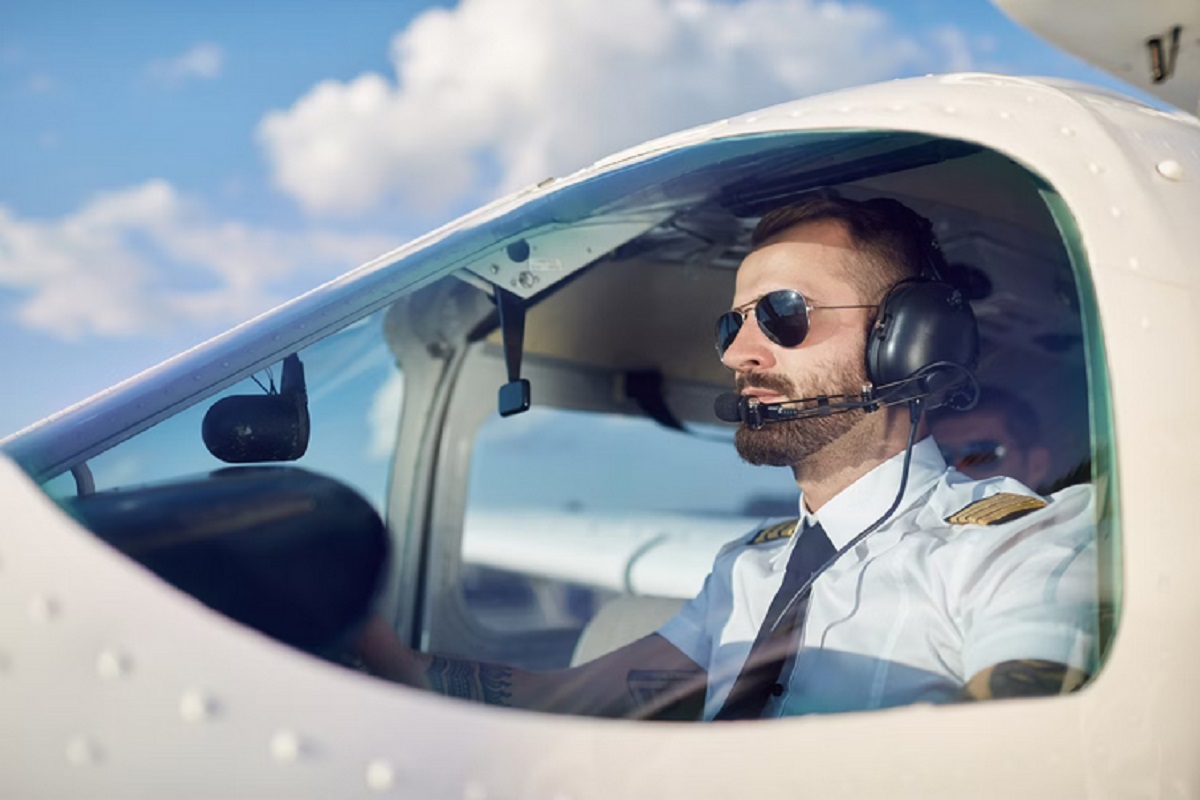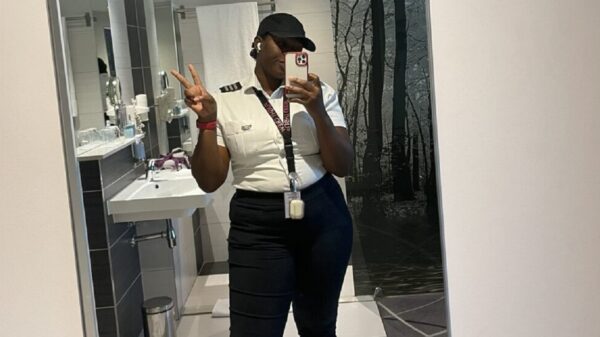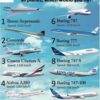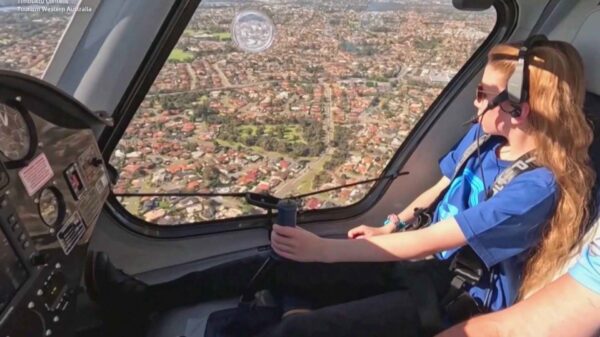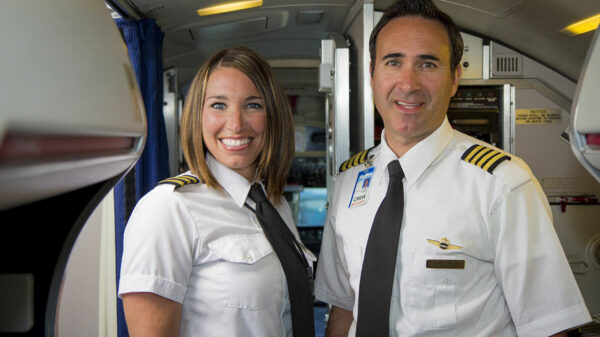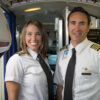When it comes to flying a plane, there are numerous rules and regulations that pilots must adhere to in order to ensure the safety of everyone on board. While some of these rules are well-known and widely understood, there are also a few lesser-known regulations that pilots must abide by.
In this section, we will explore nine of these little-known rules that every pilot must be aware of.
#1. Current Medical Certificate
Pilots are required to hold a current medical certificate issued by authorised aviation medical examiners. These certificates demonstrate their physical and mental fitness to operate an aircraft, with different classes based on the type of flying. Maintaining good health is crucial for their ability to fly, as even minor health issues can lead to temporary grounding.
#2. No Beards
Airlines, particularly in the US, often prohibit pilots from having beards due to safety concerns regarding the use of oxygen masks during cabin depressurization. Beards may prevent a proper seal, compromising oxygen flow. However, this rule has been challenged in recent studies, and many airlines outside the US do not have this requirement.
#3. Strict Alcohol Regulations
The FAA enforces a zero-tolerance policy known as the “bottle to throttle” rule, which prohibits pilots from consuming alcohol within eight hours of flying. This rule aims to ensure that pilots are completely sober and in full control during flights, considering the impact of alcohol on cognitive functions.
#4. Sterile Cockpit Rule
During critical phases of flight (taxiing, takeoff, landing, and flight operations below 10,000 feet), pilots must maintain a “sterile cockpit.” This means they cannot engage in non-essential duties or conversations unrelated to the flight to minimise distractions and potential errors during these crucial moments. This rule ensures that pilots can focus their full attention on important tasks such as takeoff, landing, and other crucial procedures.
#5. Flight Time and Rest Regulations
Pilots’ work hours are regulated to prevent fatigue-related issues. In the US, airline pilots can fly for up to 8 hours within a 24-hour period, or up to 10 hours if there are two pilots on board. Mandatory rest periods, including a minimum of 16 hours of rest after completing their flying duties, help ensure pilots are well-rested and alert for their next flight, reducing the risk of errors due to fatigue.
#6. The 30-Minute Rule
Pilots are prohibited from consuming any alcoholic beverages within 8 hours prior to flight time. However, many people may not be aware that pilots must also observe the “30-Minute Rule,” which states that they cannot consume alcohol within 30 minutes before their assigned duty period begins.
#7. The Two-Person Rule
To enhance security measures onboard an aircraft, pilots are required to have another authorised person present in the cockpit at all times when one pilot leaves for any reason during flight. This ensures that there is always someone capable of operating the aircraft’s controls in case of an emergency.
#8. The No-Fly List Compliance
Pilots have a responsibility to cross-check passenger manifests against government-issued no-fly lists before each flight departure. This helps prevent individuals who pose potential threats from boarding an aircraft.
#9. The Personal Electronic Devices (PEDs) Policy
While passengers may be familiar with restrictions on using electronic devices during certain phases of flight, pilots also have specific guidelines regarding their use of PEDs. They must comply with regulations governing when and how they can use personal electronic devices while operating an aircraft.
Conclusion
By understanding and adhering to these lesser-known rules, pilots contribute to the overall safety and security of air travel. It is through their unwavering commitment to following these regulations that pilots help ensure a smooth and secure journey for everyone on board.


